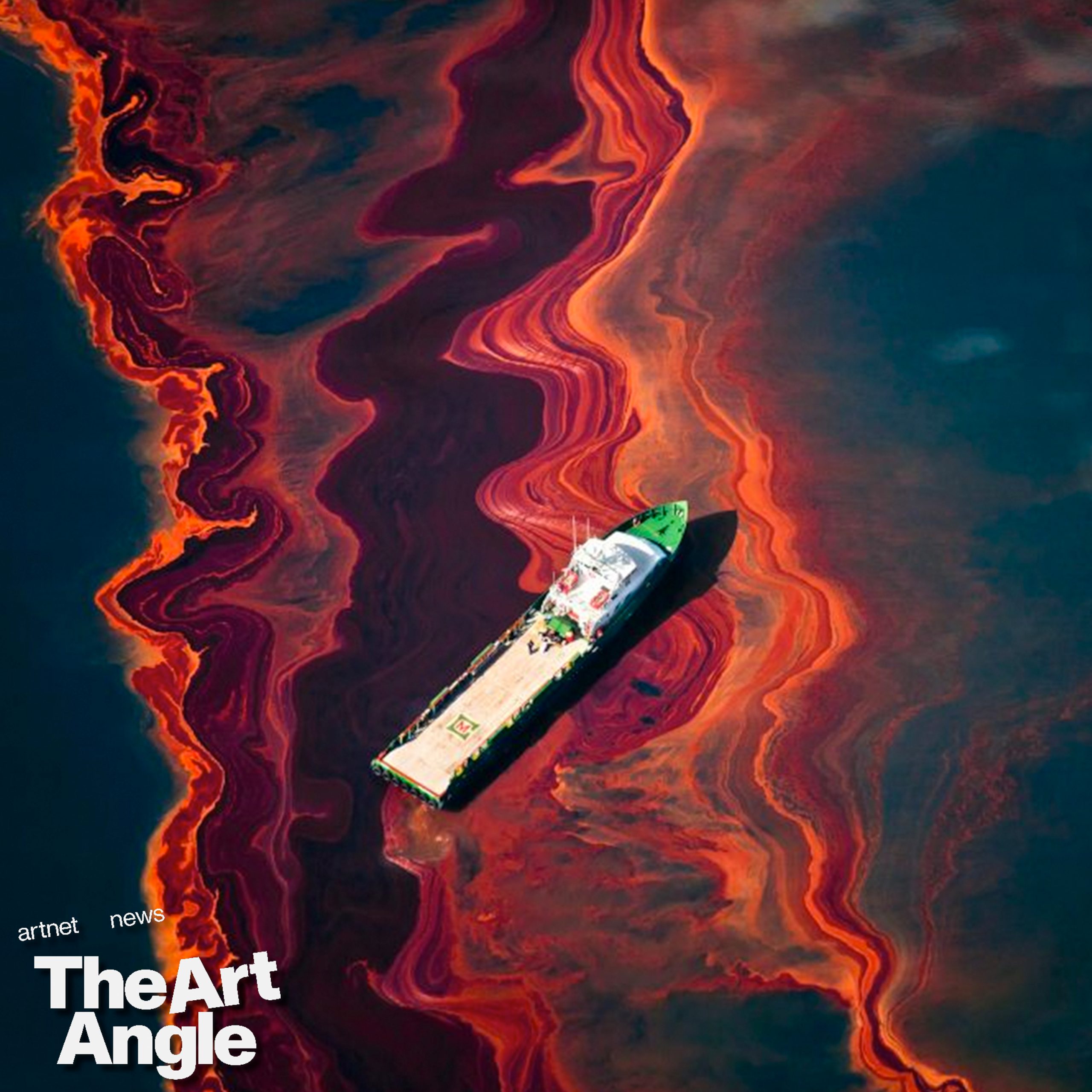
There’s no denying that we live in an era of crisis, from geopolitical strife to economic squeezes and widening wealth disparity. Looming behind all of that is the ecological devastation brought on by climate change. All of these challenges have had an impact on the art market and the wider cultural sector writ large. Artists, galleries, museums, and cultural policy-makers are all looking for ways to respond to these issues, and change the way the art world works to foster a brighter and more sustainable future.
Speaking of sustainability, it’s perhaps worth noting that in the same time that awareness of the global climate emergency has grown over the last two decades, so too has the art market, which has swelled to an annual turnover of $65 billion in revenue. This has been fueled in part by the ever higher prices for art as the global high-net-worth population has grown, but also a proliferation of galleries, fairs, and events, all of which have contributed to a year-round travel schedule for collectors, curators, dealers, advisors, journalists, and everyone in between.
Victoria Siddall is one of the figures at the forefront of a push for change within the industry. After a nearly 20 year career at Frieze where she helped grow the fair into the global platform it is today, she’s now the founding director of Murmur, a charity launched earlier this year that is aimed at helping the art and music industries combat climate change by funding initiatives to decarbonize, empower artists to create major societal change, and financing transformative climate work. She’s also the co-founder and trustee of the Gallery Climate Coalition, and continues on with Frieze as a non-executive director, while also working with museums and art environmental organizations on strategy, advocacy, and fundraising.
There’s perhaps no better place to broach the question of the art world’s responsibility to climate initiatives than in Venice, a bastion of art, architecture, and culture that is especially vulnerable to rising sea levels. That’s where this year’s Art For Tomorrow conference took place, at which Siddall spoke about how both museums and the market must take steps to offset their carbon footprint. In a conversation with Artnet’s European News Editor Margaret Carrigan, she touches on how the fair landscape has changed over the last 20 years, as have galleries needs, and whether the growth of the market side of the industry has changed the way we view cultural value in the art world.